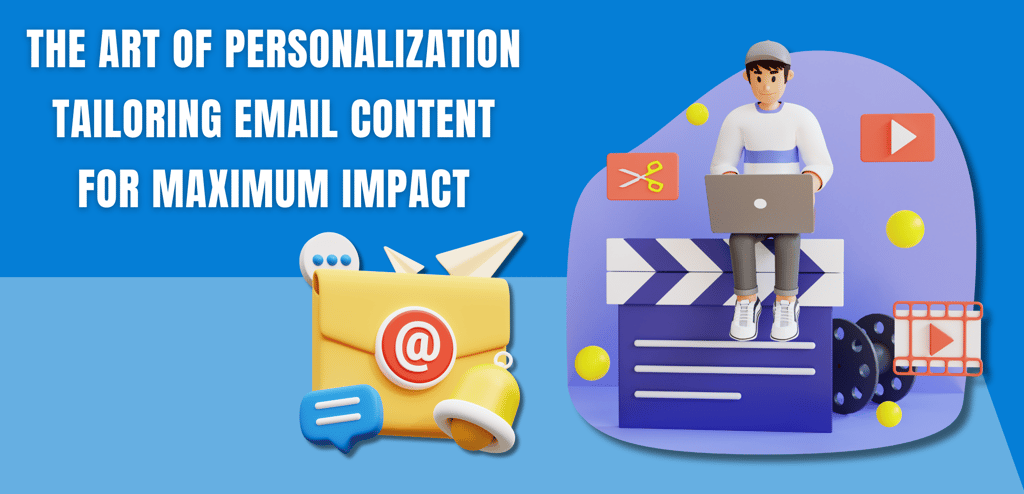
The Art of Personalization Tailoring Email Content for Maximum Impact
By AZ Konnect Team
5/3/20242 min read


In the world of digital marketing, personalized communication has become a cornerstone of successful campaigns. With email marketing being one of the most powerful tools at a marketer's disposal, mastering the art of personalization can significantly enhance engagement, conversion rates, and overall campaign effectiveness. In this blog post, we'll explore the importance of personalization in email marketing and provide actionable tips for tailoring email content for maximum impact.
Understanding the Power of Personalization: Personalized emails are more than just addressing recipients by their first name; they're about delivering content that resonates with each individual on a personal level. By leveraging data such as past purchase history, browsing behavior, and demographic information, marketers can create highly targeted and relevant email campaigns that speak directly to the interests and preferences of their audience.
Segmenting Your Audience: Effective personalization begins with audience segmentation. Divide your email list into smaller, more targeted segments based on factors such as demographics, purchase history, engagement level, and interests. By segmenting your audience, you can deliver tailored content that addresses the unique needs and preferences of each group, increasing the likelihood of engagement and conversion.
Crafting Compelling Subject Lines: The subject line is the first thing recipients see when they receive your email, making it crucial for grabbing their attention and enticing them to open the email. Personalized subject lines that include the recipient's name or reference their past interactions with your brand can significantly improve open rates. Additionally, using dynamic content or urgency-driven language can create a sense of exclusivity and encourage immediate action.
Personalizing Email Content: Beyond the subject line, personalization should extend to the body of the email. Customize the content based on the recipient's interests, preferences, and past interactions with your brand. Incorporate dynamic content blocks that showcase products or services related to the recipient's previous purchases or browsing history. Tailor the messaging and offers to address their specific needs and pain points, demonstrating that you understand and value their individual preferences.
Utilizing Behavioral Triggers: Behavioral triggers are powerful tools for delivering timely and relevant content to subscribers based on their actions or interactions with your emails or website. Set up automated email workflows triggered by specific actions, such as abandoned carts, website visits, or email engagement, to deliver personalized follow-up messages or recommendations. By responding to user behavior in real-time, you can create a seamless and personalized experience that guides subscribers through the customer journey.
Testing and Optimization: As with any aspect of email marketing, testing is key to optimizing your personalization efforts. A/B test different elements of your emails, such as subject lines, content, calls-to-action, and timing, to determine what resonates most with your audience. Analyze the results and iterate on your approach, continuously refining your personalization strategies to improve engagement and conversion rates over time.
In conclusion, the art of personalization is a powerful tool for maximizing the impact of your email marketing efforts. By understanding your audience, segmenting your email list, crafting compelling subject lines, personalizing email content, utilizing behavioral triggers, and testing and optimizing your campaigns, you can create highly targeted and relevant email experiences that resonate with recipients and drive meaningful results for your business. Embrace the art of personalization and watch as your email marketing efforts reach new heights of success.
Subscribe To Our Newsletter


